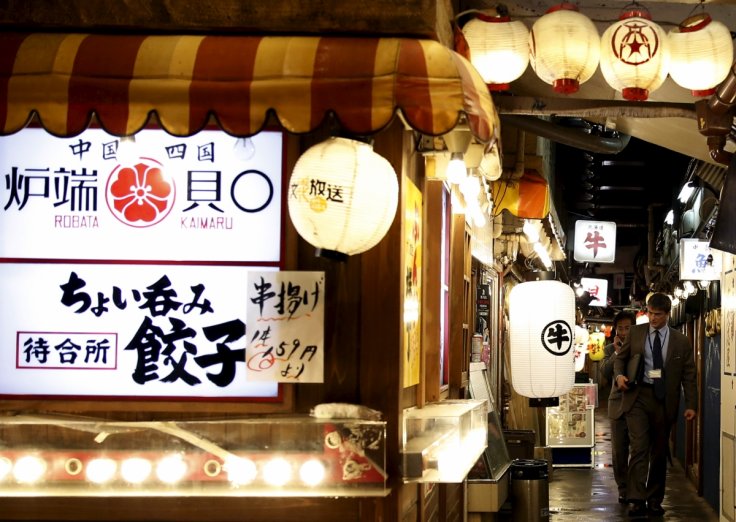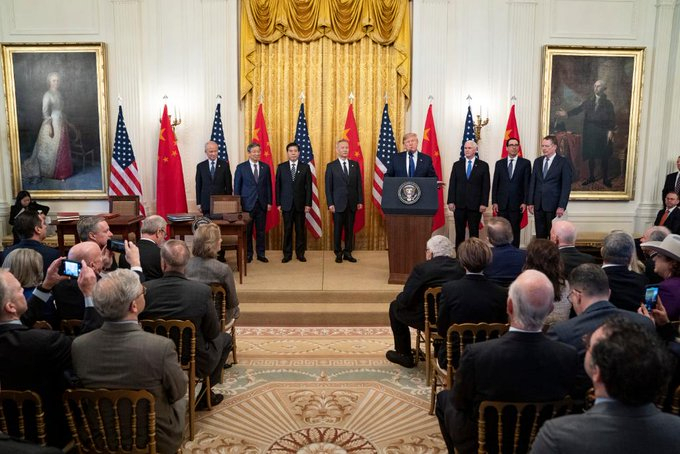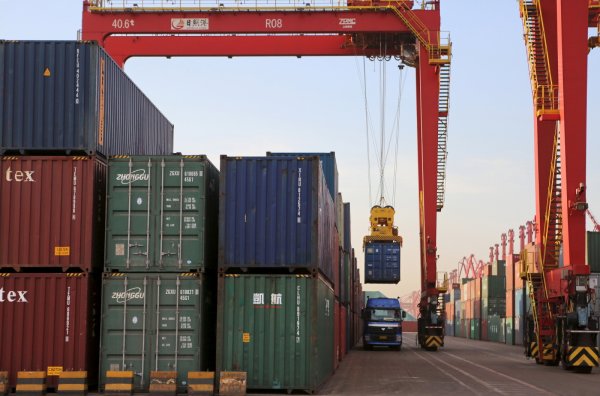Japan's gross domestic product (GDP) will expand by at least 15 trillion yen ($140 billion) owing to the implementation of the the free trade deal signed last year by 15 Asia-Pacific countries. The Regional Comprehensive Economic Partnership (RCEP) will help Japan record a 2.7 percent increase in GDP, the Japanese government said on Friday.
The Asia-Pacific trade deal signed last year and covers a third of global trade and population. China, Japan, South Korea, Australia, New Zealand and members of the Association of South East Asian Nations (ASEAN) such as Brunei, Vietnam, Laos, Cambodia, Thailand, Myanmar, Malaysia, Singapore, Indonesia and the Philippines are part of the RCEP. Though India was initially involved in the discussions, New Delhi opted out later. .

Tokyo also said in Friday that the trade deal will also lead to the creation of as many as 570,000 jobs in Japan. Under the trade deal, tariffs eliminated on 91 percent of goods, while standardized rules related to pertaining to investment, intellectual property and e-commerce will be implemented.
What is RCEP?

The idea of RCEP was mooted back in 2012. China supported the idea as Beijing saw the trade pact as an effective way of countering the the growing US influence in the Asia-Pacific region. China realized that it stood to gain considering it was the biggest importer and exporter in the region. India too was open to the formation of the wider free trade zone but backed out after it assessed that some of the terms were detrimental to its interests.
The main focus of RCEP is to cut tariffs and increase market access of the participants. In comparison with the Comprehensive and Progressive Agreement for Trans-Pacific Partnership (CPTPP), the market size of RCEP is much bigger. RCEP's market is at least five times greater than that of the CPTPP, while annual trade value is nearly double.

It is also the first time that China, Japan and South Korea have come under a single single trade agreement. "Japan may find significant benefits (with RCEP), as it now has preferential access to South Korea and China, which it did not have," Deborah Elms of the Singapore-based Asian Trade Centre, told Reuters.
RCEP also symbolizes the Asian ambition to lead the world economy in the coming decades. As per the World Bank data, the East Asia and Pacific economy is seen outperforming the rest of the world, with growth hitting 7.4 percent in 2021, mainly led by China. At the same time, the eurozone economy is projected to expand only 3.6 percent and the US 3.5 percent.








